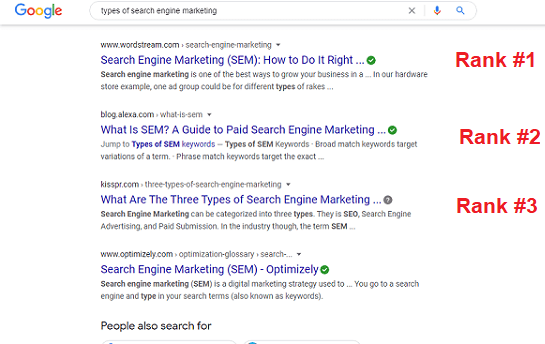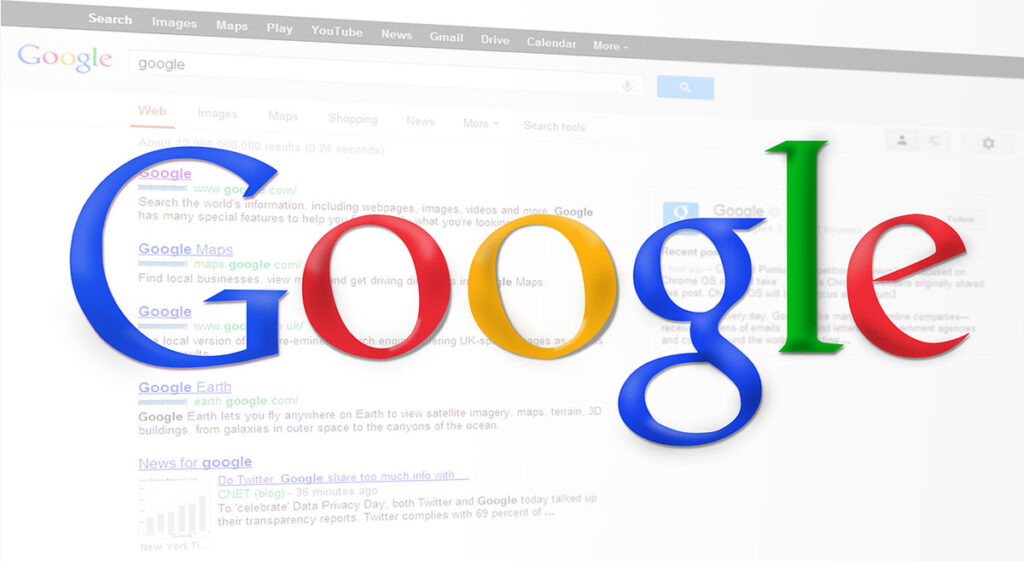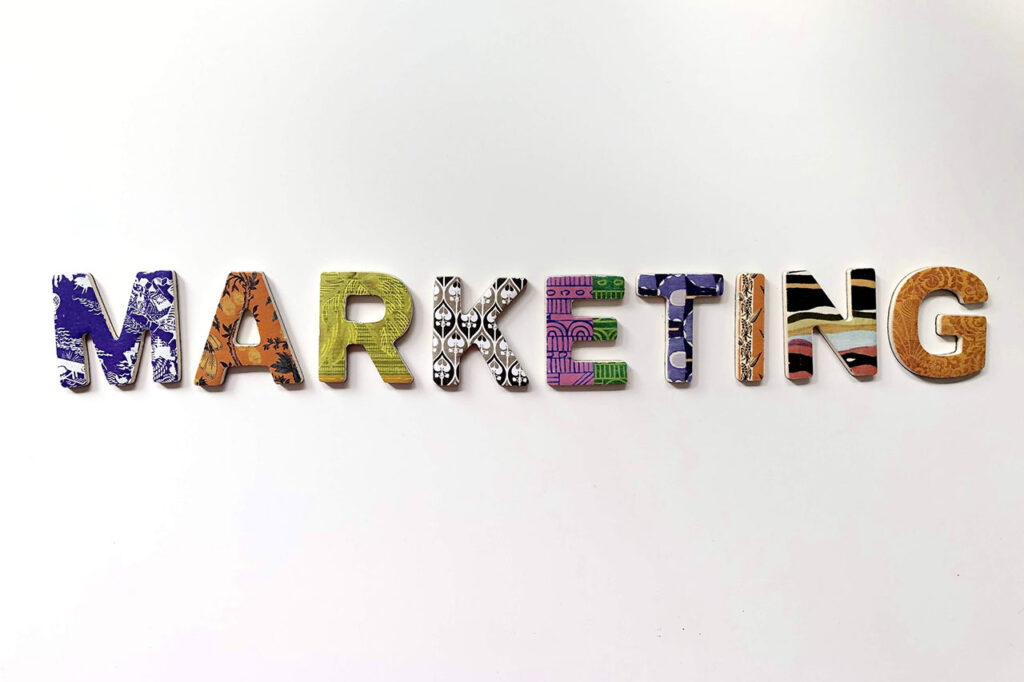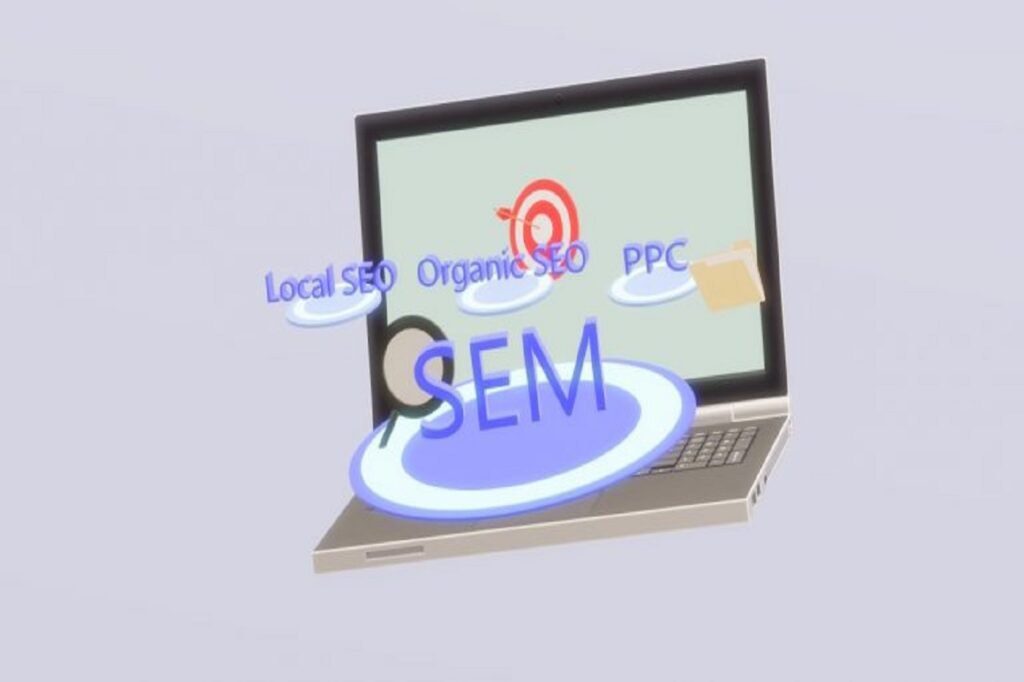There are three types of SEM(Search Engine Marketing). In fact, each type helps your site reach goals in some way. Some are paid and some are organic. Either way, they work.
What is SEM?
SEM stands for Search Engine Marketing. It has to do with the use of search engines to promote services, products, brands, and much more. The name says it all, really. For example, you can search for any product you like on the internet, and you’ll find it most likely. Well, that’s the beauty of SEM.
There are 3 types of SEM.
The first one involves unpaid, non-local results where web content increases visibility.
The second type allows for businesses to show up on Google Maps.
Finally, the third type uses Google Ads to put ads on sponsored search results.
1. Organic SEO
First, we have SEO(search engine optimization). This is SEM but the organic kind. SEO improves site visibility, drives traffic, boosts rankings, etc. It’s the most effective and long-lasting type of SEM out there. In fact, it’s so effective that many of the most well-known businesses and brands use it to this day.
If you search for something, the results show up like this:

Each result here is a website that has a rank. Also, notice they aren’t sponsored or paid ads. So, how does Google decide which ones should rank highest? It’s quite simple…in a way.
Firstly, the sites need to have good content. Secondly, the sites are optimized for relevant keywords, so they can be found. Thirdly, backlinks and fast-loading pages are needed. Finally, websites are sorted out and ranked based on relevance and usefulness.
However, Google can’t do it alone. That’s why it requires experts to work with in order to push up the useful information. As a result, irrelevant content is pushed far down into the abyss. Even certain services like digital marketing are made accessible, especially with the help of local SEO.
2. Local SEO
This kind of SEM literally puts you on the map. Getting your website to show up in search results is great and everything, but getting it on Google Maps is even better. Even if your site isn’t listed in search results, local SEO puts you on the map so people can find you.
For example, there are business that don’t have landing pages to call home, but still generate traffic. This is because they use local SEO as a tool to attract locals. They just need an address.
If your business doesn’t have a physical location, local SEO still works in your favor. To start, create a Google My Business account. Then, get awesome reviews from customers. Lastly, make sure your business NAP (Name, address, phone) is consistent on all listings it’s on. You don’t even have to pay to have your business on Google Maps or results pages, unlike the next form of SEM.
3. PPC or CPC
Pay Per Click or Cost Per Click allows advertisers to pay for every click they get on published ads in results pages. In this case, Google Ads is the publisher and advertisers pay Google to display their ads. They bid on ad placements on Google when people search a certain keyword that has to do with their services. Once someone clicks on the ad that’s linked to the advertiser’s website, a fee is paid to Google.
Essentially, traffic is bought from Google. However, the more useful the site is, the less advertisers pay for ads, thus making a larger profit. Unfortunately, as soon as the payments stops, the paid traffic will stop. The good thing as that many business owners only need PPC for temporary use. If they have to rely solely on PPC while being new business owners, the cost may be overwhelming, which brings us back to organic SEO.

Dynamic Search Ads (DSA)
As technology continues to advance, so does the world of SEM. One of the latest trends gaining momentum in 2024 is Dynamic Search Ads (DSA). DSA is an automated form of SEM that utilizes Google’s machine learning algorithms to generate and display relevant ads based on the content of a website.
Unlike traditional keyword-based targeting, DSA does not require advertisers to create individual keyword lists for their campaigns. Instead, Google’s system automatically scans the advertiser’s website. It identifies relevant content and themes, and dynamically creates ad headlines and descriptions to match user search queries.

Dynamic Search Ads Offer Several Benefits For Businesses.
Firstly, they save time and effort in keyword research and campaign setup. Google takes care of the ad creation process. Secondly, DSA allows businesses to capture relevant traffic for search queries they might not have considered when building traditional keyword campaigns manually.
This opens up new opportunities to reach potential customers who use different search terms or phrases to find products or services.
Another advantage of DSA is its ability to keep ads dynamically updated as the website’s content changes. If a business frequently updates its product offerings or services, DSA ensures that the ads remain current and reflect those changes automatically.
This real-time ad updating feature helps businesses maintain relevance and accuracy, resulting in improved ad performance and higher click-through rates.
However, despite the many benefits of DSA, businesses need to carefully monitor and manage their campaigns. While Google’s machine learning can be powerful, it’s essential to review ad performance regularly and make necessary adjustments to optimize results continually. Advertisers should also set clear parameters and negative keywords to prevent irrelevant searches from triggering their ads.
In 2023, businesses can benefit from incorporating DSA into their SEM strategy, particularly for dynamic websites with frequently changing content. By leveraging Google’s machine learning capabilities, advertisers can streamline their campaigns, boost ad relevance, and reach a broader audience.
Remarketing (Retargeting)

Remarketing, also known as retargeting, is an SEM technique that focuses on reengaging users who have previously visited a website but did not complete a desired action, such as making a purchase or filling out a contact form. Remarketing allows businesses to show targeted ads to these potential customers as they browse other websites or platforms within Google’s Display Network.
The concept behind remarketing is to keep your brand in front of potential customers after they have left your website. By doing so, you remind them of your offerings and encourage them to return and complete the desired action. Remarketing is an effective way to increase brand recall and drive conversions.
To set up a remarketing campaign, businesses need to install a remarketing pixel or code snippet on their website. This code tracks users’ behavior and segments them into different remarketing lists based on their interactions on the site. Advertisers can then create custom ads tailored to each remarketing list, providing relevant content and offers to entice users to return.
Remarketing is particularly valuable for e-commerce businesses, as it helps recover potential lost sales and reduce cart abandonment. Additionally, it can also be used for lead generation by encouraging users who showed initial interest but did not complete a form submission or sign-up process.
In 2024, businesses should leverage remarketing to optimize their SEM efforts and improve overall conversion rates. By reengaging potential customers and offering them personalized incentives, businesses can increase their chances of converting users into loyal customers.
Video Search Advertising

As digital content consumption evolves, video has emerged as one of the most engaging and popular formats. Video search advertising is an evolving trend in SEM that involves promoting video content through search engines and other video platforms like YouTube.
Google, in particular, has introduced video ad formats that appear in search results and on YouTube, offering advertisers the opportunity to engage users with compelling visuals. Video search ads can include a short video clip, a headline, and a description, capturing users’ attention and delivering concise, impactful messages.
For businesses, video search advertising presents an excellent way to showcase products, demonstrate services, and tell brand stories in a captivating manner. Video content is known to foster higher user engagement and interaction. It makesit an effective tool for driving conversions.
When creating video search ads, businesses should focus on delivering clear and concise messaging that aligns with their brand identity and values. Additionally, incorporating relevant keywords and optimizing video titles and descriptions can improve visibility and searchability.
In 2024, video search advertising is expected to continue gaining momentum as more users prefer video content over traditional text-based advertisements. As businesses tap into the power of visual storytelling, they can create immersive experiences that resonate with their audience, leading to increased brand awareness and improved customer engagement.
Social Media Advertising Integration

While SEM primarily revolves around search engines, businesses in 2024 should consider integrating social media advertising into their overall digital marketing strategy. Social media platforms like Facebook, Instagram,
Twitter, LinkedIn, and Pinterest offer powerful advertising tools that complement SEM efforts and allow businesses to reach a broader audience.
Social media advertising allows businesses to target specific demographics, interests, behaviors, and user characteristics. It makes it an ideal platform for reaching niche audiences. By leveraging detailed targeting options, businesses can ensure their ads are shown to the most relevant users, increasing the likelihood of conversion.
Moreover, social media ads support various formats, including images, videos, carousels, and interactive elements, enabling businesses to create visually appealing and engaging content. This diversity in ad formats allows advertisers to experiment and find the most effective approach for their target audience.
Integrating SEM with social media advertising creates a comprehensive marketing strategy that covers both search intent and social engagement. Businesses can use search engine campaigns to capture users who are actively searching for their products or services, while social media campaigns can raise brand awareness and foster relationships with potential customers.
In 2024, businesses should take advantage of social media advertising’s extensive reach and targeting capabilities to complement their SEM efforts. By strategically integrating both channels, businesses can drive more traffic, conversions, and brand loyalty, ultimately enhancing their overall digital marketing success.
The Power of Data Analytics

Regardless of the SEM techniques employed in 2024, data analytics will play a pivotal role in shaping marketing strategies and driving data-driven decision making. The abundance of data available allows businesses to gain valuable insights into consumer behavior, campaign performance, and market trends.
By analyzing data, businesses can identify patterns, track user interactions, and measure the effectiveness of their SEM campaigns. This information empowers marketers to refine their strategies, optimize ad targeting, and allocate resources effectively.
Incorporating AI-powered analytics tools can further enhance data analysis, enabling businesses to uncover hidden trends and opportunities. Predictive analytics, for example, can anticipate consumer preferences and behaviors, allowing businesses to tailor their SEM campaigns proactively.
In Conclusion
In 2024, Search Engine Marketing (SEM) will continue to be a powerful and versatile digital marketing tool for businesses seeking to increase their online visibility, attract targeted traffic, and drive conversions. The various types of SEM, including Organic SEO, Local SEO, PPC, DSA, Remarketing, Video Search Advertising, and Social Media Advertising, offer businesses a wide array of strategies to meet their marketing objectives.
As technology evolves, automation, AI, and data analytics will continue to shape the future of SEM. It enhance efficiency, targeting precision, and ad performance. Businesses that stay abreast of the latest trends and adopt innovative SEM strategies will have a competitive edge in the ever-evolving digital landscape.
By harnessing the power of SEM and integrating it with other digital marketing channels, businesses can create a comprehensive and impactful marketing approach. It reaches the right audience, drives engagement, and fosters long-term success in 2024 and beyond.
As consumer behaviors and technology continue to evolve, businesses must remain agile and adaptable, continuously refining their SEM strategies to stay ahead of the curve and drive sustainable growth in the dynamic digital world.






